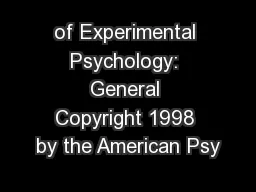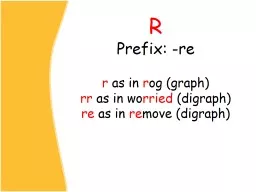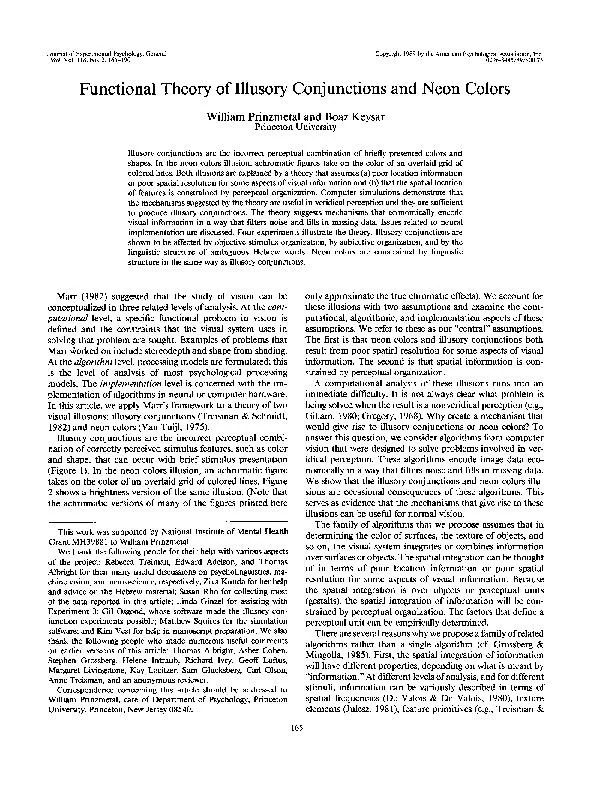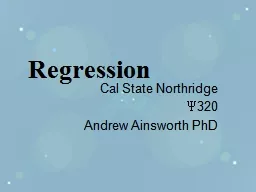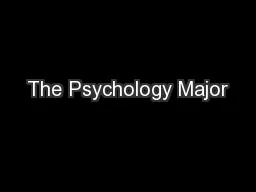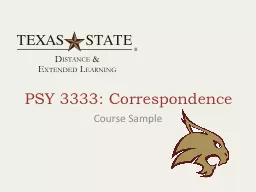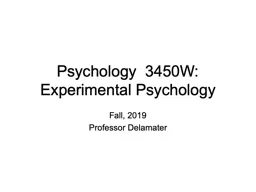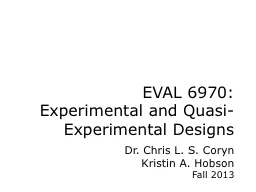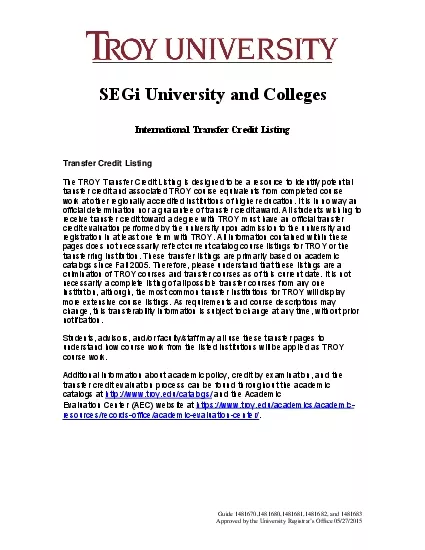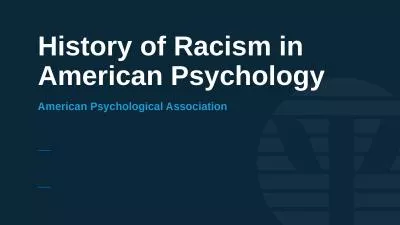PDF-of Experimental Psychology: General Copyright 1998 by the American Psy
Author : conchita-marotz | Published Date : 2016-03-22
Rules and Exemplars in Category Learning A Erickson and John K Kruschke University Bloomington Psychological theories of categorization generally focus on either
Presentation Embed Code
Download Presentation
Download Presentation The PPT/PDF document "of Experimental Psychology: General Copy..." is the property of its rightful owner. Permission is granted to download and print the materials on this website for personal, non-commercial use only, and to display it on your personal computer provided you do not modify the materials and that you retain all copyright notices contained in the materials. By downloading content from our website, you accept the terms of this agreement.
of Experimental Psychology: General Copyright 1998 by the American Psy: Transcript
Download Rules Of Document
"of Experimental Psychology: General Copyright 1998 by the American Psy"The content belongs to its owner. You may download and print it for personal use, without modification, and keep all copyright notices. By downloading, you agree to these terms.
Related Documents

